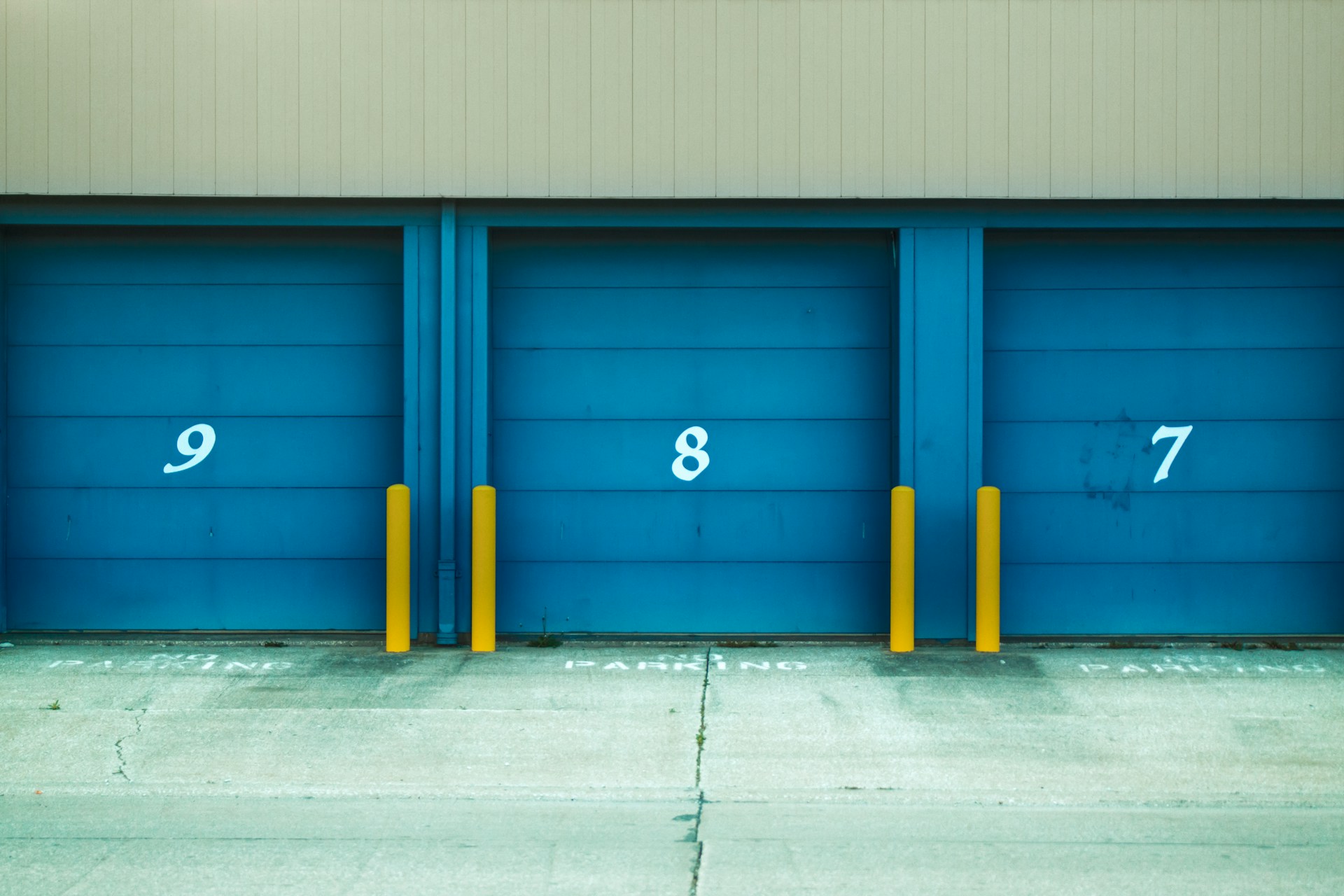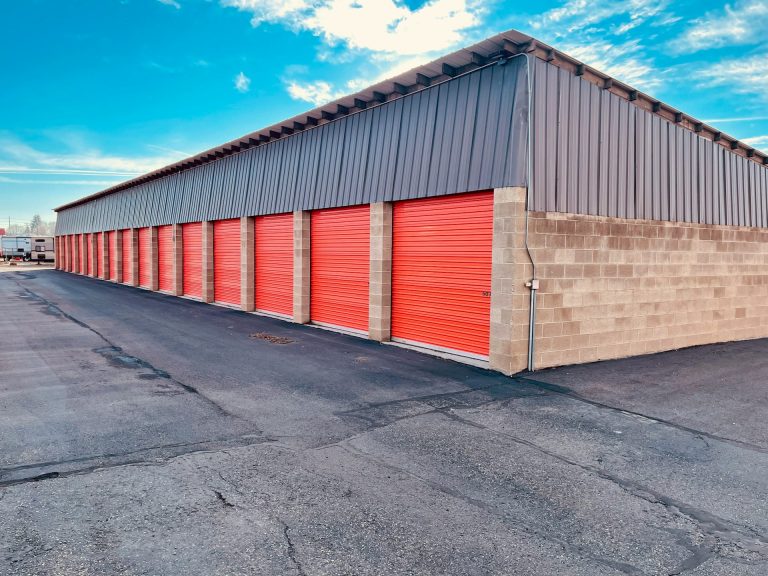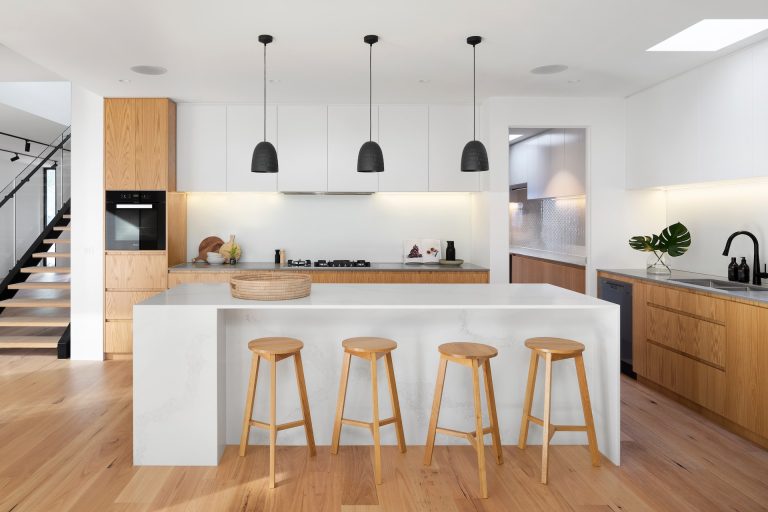How Much Does It Cost to Build Storage Units: Financial Insights
Curious about the cost of constructing storage units? Whether you’re a real estate investor or a business owner considering expansion, understanding the land costs, material costs, and operating costs involved is crucial. In this post, we’ll delve into the contrasting factors that impact the cost of building storage units, from location and materials to size and amenities, land costs, and site development costs. By exploring development costs, material costs, and marketing expenses, you’ll gain valuable insights into budgeting for your project and making informed decisions.
Understanding Storage Unit Costs
Average Facility Costs
The average facility costs can vary based on price, square feet, rate. These expenses typically include land acquisition, construction materials, labor, permits, and equipment. The average price to build a single-story self-storage facility in the United States with about 60,000 square feet could cost around $1.2 million to $3 million.
Understanding the average price is crucial for anyone considering investing in this type of storage unit business venture. It’s important to note that location also plays a significant role in determining the overall costs of building storage facilities. Urban areas might have higher land prices and construction costs compared to rural locations.
Cost Breakdown
The detailed breakdown of construction costs for storage units involves various components such as site preparation, foundation work, structural assembly (including walls and roofing), electrical systems installation, plumbing if necessary, interior finishing work like insulation and drywalling, as well as security features like gates and surveillance systems.
By understanding each component’s average contribution to the total construction costs involved in establishing storage facilities, investors can make informed decisions regarding budget allocation and resource management throughout the project’s development phases.
Factors Affecting Costs Several key factors influence the overall financial outlay for constructing storage units including location (urban vs. (number of units), quality of materials used (standard vs. average), square foot high-end finishes), local regulations impacting permit fees or environmental impact studies required before construction begins.
Initial Financial Considerations
When considering how much does it cost to build storage units, one of the primary financial aspects is the assessment of suitable land for construction. This involves evaluating the location, accessibility, and zoning regulations. The expenses related to this process include land surveys, environmental assessments, and potential site preparation costs.
Estimating average material costs is crucial in determining overall construction expenses. This includes procuring materials such as steel for framing, roofing materials, doors, security features, and other necessary components. Understanding these average material estimates helps in planning and budgeting for the storage unit project effectively.
Moreover, analyzing labor-related expenses is essential when assessing the total cost of building storage units. It involves understanding the financial implications associated with hiring skilled labor for various tasks such as site preparation, construction work, electrical installations, plumbing requirements, and storage if applicable among others.
- Land Assessment:
- Evaluating location suitability
- Assessing accessibility and zoning regulations
- Potential site preparation costs
- Material Estimates:
- Procuring steel for framing
- Roofing materials
- Security features
- Labor Expenses:
- Hiring skilled labor
- Site preparation
- Construction work
Planning Your Storage Unit Business
Business Planning
Effective business planning is crucial for managing construction costs for storage units. Meticulous planning can optimize resources, including storage, and minimize expenses during construction. By carefully outlining the budget, timeline, and resource allocation, including storage, you can ensure that the project stays within financial constraints.
For example, creating a detailed business plan that includes thorough cost projections and risk assessments can help identify potential areas of overspending and enable proactive measures to mitigate those risks. This approach allows for better financial management throughout the storage unit construction process.
Developing a comprehensive business plan also involves researching market demand, analyzing competition, and forecasting revenue streams. Understanding these factors enables informed decision-making regarding facility size, layout design, storage, and operational strategies to maximize profitability while minimizing initial investment.
Facility Layout
The design of your storage unit facility’s layout significantly impacts both construction costs and operational efficiency. Thoughtful consideration should be given to factors such as building orientation, accessibility, security features placement, office space allocation, and storage within the facility footprint – all of which influence overall expenditure during construction.
For instance: optimizing the layout to streamline workflow processes and storage could reduce labor hours required during construction while enhancing future operational productivity. Additionally ensuring efficient use of available land or existing structures and storage minimizes land development costs associated with new builds or expansions.
Careful attention to detail in facility layout design not only reduces immediate storage unit development expenses but also contributes to long-term cost savings through improved functionality and customer satisfaction.
Detailed Cost Breakdown
Construction Expenses
There are various direct and indirect costs involved. Direct expenses encompass the actual construction activities, including materials, labor, equipment, permits, and storage. For instance, the cost of concrete, steel, and roofing materials falls under direct expenses. Permit fees for construction approval also contribute to these costs.
On the other hand, indirect expenses cover utilities required during construction like water and electricity. These are essential for powering tools and machinery on-site. Moreover, hiring heavy equipment such as cranes or excavators adds to the total development costs.
Ancillary Costs
Ancillary costs go beyond direct construction outlays. They include permit fees for legal compliance with local regulations governing building codes. Legal expenses related to contracts, consultations with lawyers, and storage also form part of ancillary costs.
Furthermore, insurance is another significant ancillary cost that cannot be overlooked when establishing a storage facility business. This includes property insurance covering physical assets like buildings, equipment, and storage against unforeseen events such as fire or natural disasters.
Marketing Expenditure
Once the storage units are constructed and ready for use, marketing expenditure becomes crucial in attracting customers. Allocating a budget for promotional efforts like advertising campaigns helps create awareness about the new storage facility among potential clients.
Moreover, investing in digital marketing strategies can aid in reaching a wider audience through social media platforms or search engine ads. Such marketing endeavors impact not only initial investment but also long-term revenue generation by bringing in more tenants and storage.
Financing Your Project
Financing Strategies
Owners have several options. They can seek loans from financial institutions, form partnerships with investors, or opt for self-financing. Each approach has its pros and cons. For instance, while taking out a loan may provide the necessary capital upfront, it also means paying interest over time. On the other hand, self-financing may reduce long-term costs but requires substantial initial investment.
Revenue Forecasting
Estimating potential income from a newly constructed storage facility is crucial for owners seeking financing. Various tools, techniques, and storage are available to help predict future revenue streams accurately. These include market analysis, demand forecasting models, and industry benchmarks. By analyzing these factors comprehensively, owners can make informed decisions about their construction projects’ financial viability.
Cost Recovery Projections After understanding the initial investment required for construction and ongoing operational expenses, owners must forecast when they will recover these costs through generated income. This involves creating timelines and scenarios related to recouping construction costs through operational revenue streams. Factors such as location demographics, local competition, and rental rates play significant roles in shaping accurate cost recovery projections.
Maximizing Storage Unit Revenue
Pricing Strategies
Setting competitive pricing for rental units involves considering factors like location, unit size, storage, and local demand. To maximize occupancy rates while maintaining attractive pricing and considering offering discounts for long-term rentals or implementing seasonal promotions, consider providing storage options. Analyze how pricing decisions impact revenue generation by evaluating the trade-off between lower prices to attract more tenants and higher prices to increase income per unit.
Revenue Maximization
To maximize income from a newly constructed storage facility, consider offering value-added services such as climate-controlled units or security features for premium offerings. Diversifying rental options by providing different sizes of storage spaces can cater to various customer needs and potentially increase revenue streams. Optimize revenue within a storage unit business by cross-selling packing supplies or partnering with moving companies to offer additional services.
Operational Expenditures
Beyond the initial construction investment, ongoing operational costs include maintenance, staffing, utilities, administrative overheads, and storage. Managing long-term operational expenditures involves optimizing staff scheduling to minimize overtime expenses, regular maintenance, and storage to prevent costly repairs down the line. Implementing energy-efficient practices, including storage, can help reduce utility costs over time.
Analyzing Profit Potential
ROI Analysis
Calculating profit potential when building storage units involves conducting a comprehensive return on investment (ROI) analysis. This includes considering the initial outlay for construction and the projected earnings over time. By using methodologies such as net present value or internal rate of return, investors can gauge the financial attractiveness of building storage facilities. Factors influencing ROI outcomes include location, market demand, and operational efficiency.
When assessing profit margin, it’s crucial to detail long-term financial forecasts that extend beyond the initial cost recovery period. These projections should encompass anticipated income growth, expense trends, and profit margins. For instance, if there is a growing trend in urbanization within a particular area, it could indicate an increasing demand for self-storage solutions which may positively impact long-term financial forecasts.
Revenue vs. Expenses
Comparing projected revenues with ongoing operational expenses and storage allows stakeholders to understand the balance between income generation and cost management. It’s essential to analyze how revenue growth aligns with expense control strategies to ensure sustainable profitability in the long run. For example, implementing energy-efficient systems or utilizing technology for streamlined operations can positively impact this balance.
Common Pitfalls to Avoid
Construction Pitfalls
Construction of storage units can be riddled with challenges that may lead to increased costs and delays. Issues such as unexpected soil conditions, zoning problems, or design flaws can escalate project expenses. Mitigating these risks involves thorough site evaluations, obtaining proper permits, and working closely with experienced contractors. For example, poor soil quality could necessitate additional foundation work, driving up construction costs.
Moreover, inadequate planning for potential weather disruptions or material shortages can also cause delays and inflated expenses. To avoid this pitfall, it’s crucial to have contingency plans in place for adverse weather conditions and establish relationships with reliable suppliers who can ensure a steady flow of materials.
Planning Missteps
Misjudgments during the planning phase can significantly impact the budget for building storage units. Errors like underestimating land preparation costs or failing to account for utility connections may lead to unforeseen expenditures down the line. To prevent such missteps from affecting the project budget negatively, meticulous attention should be given to comprehensive cost estimations at every stage of development.
Hasty decisions regarding site selection without considering factors like accessibility and demand could result in suboptimal locations that hinder profitability. Thorough market research is essential before finalizing a site for construction.
Summary
You’ve now got a solid grasp of the costs and considerations involved in building storage units. From understanding the initial financial aspects to analyzing profit potential and common pitfalls, you’re equipped with crucial insights. Remember, thorough planning and financial prudence are key to the success of your storage unit venture.
Intrigued by the potential of this business? Dive deeper into your research, crunch those numbers, and consider reaching out to industry experts for guidance. The world of storage units is ripe with opportunities for those who are willing to put in the effort and make well-informed decisions. Good luck on your exciting journey into the realm of storage unit entrepreneurship!
Frequently Asked Questions
How much does it typically cost to build storage units?
The cost of building storage units can vary based on factors like location, size, and materials. On average, the construction costs can range from $25 to $40 per square foot. However, this figure may fluctuate depending on specific project requirements and market conditions.
What are the common initial financial considerations when planning a storage unit business?
When starting a storage unit business, key financial considerations include land acquisition costs, construction expenses, permits and zoning fees, insurance coverage, and initial marketing investments. It’s crucial to conduct thorough research and create a comprehensive budget that encompasses all these aspects.
How can I maximize revenue from my storage unit business?
To optimize revenue from your storage unit business, consider offering additional services such as climate-controlled units or vehicle storage. Implementing effective marketing strategies and providing exceptional customer service can also contribute to attracting more tenants and increasing overall revenue.
What are some common pitfalls to avoid when developing a storage unit facility?
Common pitfalls in developing a storage unit facility include underestimating construction costs, overlooking local zoning regulations or environmental impact assessments, inadequate market research leading to oversupply in the area, neglecting security measures which could affect tenant retention rates.
What financing options are available for building a new storage unit facility?
Financing options for building a new storage unit facility may include traditional bank loans specifically tailored for commercial real estate projects or Small Business Administration (SBA) loans. Other possibilities could involve seeking private investors or exploring crowdfunding platforms designed for real estate development projects.





